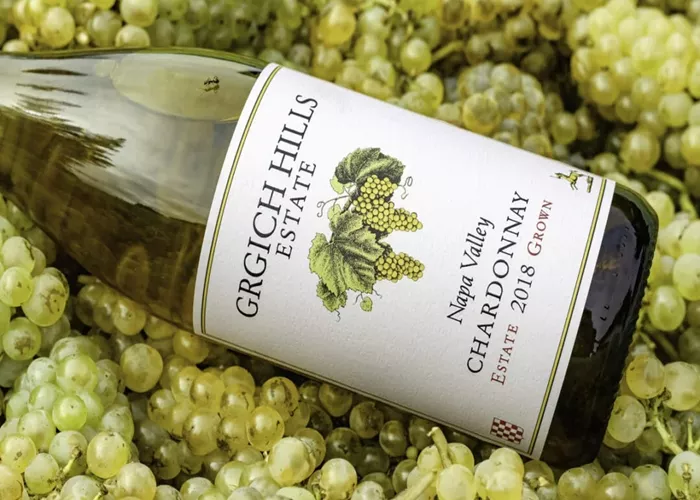White wine is a popular alcoholic beverage that is enjoyed by many people around the world. One of the most popular types of white wine is Chardonnay, which is known for its crisp and refreshing taste. However, many people are concerned about the calorie content of white wine, and how it may impact their diet. In this essay, we will explore the calorie content of a bottle of white wine Chardonnay, and how it compares to other types of alcoholic beverages.
The Basics of Calorie Measurement in Wine
Factors Affecting the Calorie Content in Chardonnay
1. Alcohol Content
2. Residual Sugar
3. Winemaking Techniques
Oak Aging: Oak aging is a common practice in Chardonnay production. When the wine is aged in oak barrels, it can extract flavors and compounds from the wood, such as vanillin and lactones, which add to the complexity and richness of the wine. However, oak aging can also affect the calorie content. The process can lead to a slight increase in the wine’s alcohol content as the wine interacts with the oxygen in the barrel. Additionally, some oak barrels may impart a small amount of additional sugars or carbohydrates, which can contribute to the calorie count, although this is usually a relatively small amount.
Malolactic Fermentation: Another winemaking technique that can impact the calorie content of Chardonnay is malolactic fermentation. This process converts the harsh malic acid in the wine into softer lactic acid, which can give the wine a creamy, buttery texture. It can also slightly increase the alcohol content and potentially affect the residual sugar levels, thereby influencing the calorie count. Wines that have undergone malolactic fermentation may have a slightly different calorie profile compared to those that have not.
4. Grape Quality and Maturity
See Also: How Much Alcohol is in Chardonnay?
Average Calorie Count in a Bottle of Chardonnay
Conclusion:
In conclusion, a 750ml bottle of white wine Chardonnay contains approximately 600-700 calories, with the calorie content varying depending on the alcohol and sugar content of the wine. While white wine Chardonnay may be lower in calories compared to other types of alcohol, it is still important to consume it in moderation to avoid negative health implications. It is recommended that individuals limit their alcohol consumption to no more than one drink per day for women and two drinks per day for men
You might be interested


